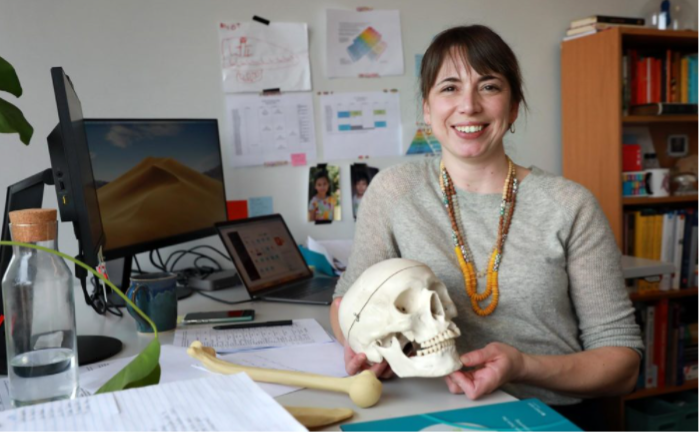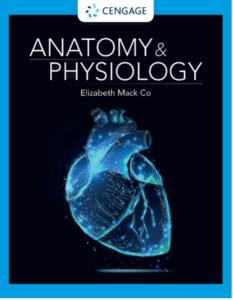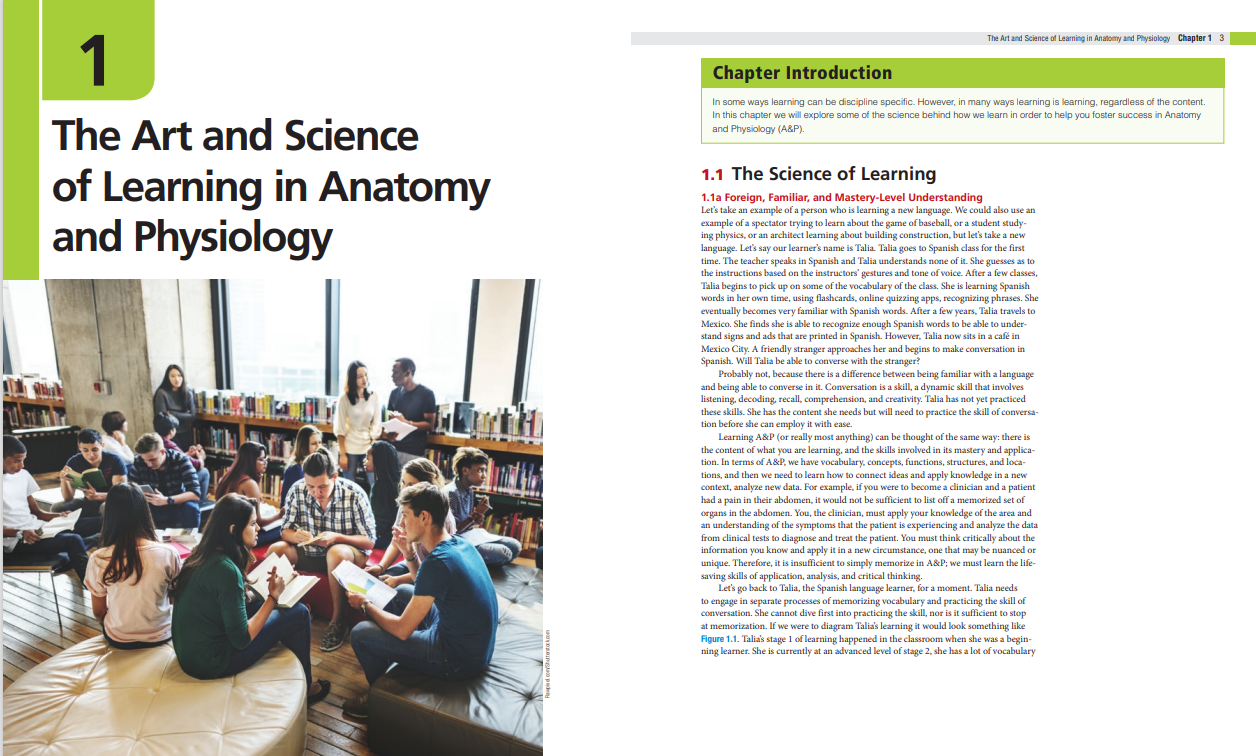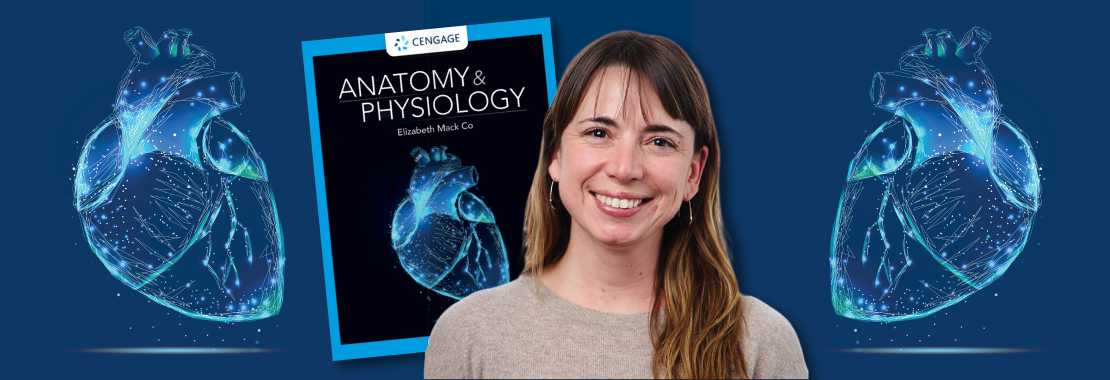Teaching and learning Anatomy and Physiology is not an easy venture. Hear from new author Dr. Elizabeth Co on her challenges and hopes—and how she tackles them.

What is the one thing you hope students get out of your A&P course?
One thing?!?! How could I possibly choose just one? I want them to become fluent in the language of A&P, I want them to learn to think critically about scientific and health information, I want them to appreciate and observe the patterns of the body. Perhaps most of all, I want to ignite their sense of wonder about the body’s functions.
“I want to ignite their sense of wonder about the body’s functions.”
I want them to see that, while we humans are all alike, we are not the same. There are many, many anatomical and physiological differences that are not pathologies. Instead they’re examples of evolutionary and functional differences among us. But I also want them to learn the details—like what the nephron and alveoli are. I guess I have high hopes for my students!
What are your students’ top challenges?
The first is moving beyond memorization. Many of my students have built a successful learning career on strong memorization skills, and these strong students ardently want to learn and succeed in A&P, so they attack the learning with brute force memorization. It’s not that memorization is bad or wrong. It’s an important skill, but it’s insufficient.
For mastery-level learning in A&P you need to memorize the pieces, the definitions, the locations, but then you must understand how they fit together so that you can apply your knowledge in new situations.
So, for some of my students it’s a challenge to build their learner confidence and support their scientist identities while helping them change their learning to incorporate diverse strategies and not just memorization. This can be challenging for them, especially if they have shaky confidence—they might feel that the struggle involved in growth means failure.
I approach this challenge with relentless transparency. I talk to the students about their learning all the time and explain my pedagogy and the evidence behind it through the course. Peer-learning is also something I incorporate in my classroom, which helps tremendously. It takes a village to learn A&P.
I tried to bring all these elements into my new textbook, Anatomy & Physiology.

I start with a friendly conversation about pedagogy and learning in Chapter 1. The themes introduced in Chapter 1 then reappear throughout the text to continually encourage students to understand, not just memorize.

To bring in the boots-on-the-ground perspective of student learning, students will find study tips throughout the book that are written by actual A&P students.
What is your favorite lab to perform with your students?
One favorite? It’s like asking me to pick a favorite child. Probably the heart. I love the heart dissection because it’s almost impossible to fully understand the anatomy simply by looking.
The heart’s complexity forces the students into an active role. You can watch, time and again, the reluctant student who stands back from the table. First, they lean in but keep their feet planted, but soon they’re gloving up and investigating the intricacy of the major vessels leaving from the top. Once the heart is in your gloved hands everything makes so much sense. The toughness of the chordae tendonae, the thin fragility of the fossa ovalis, the difference in thickness of the muscular walls. The springiness of the aorta compared to the floppy vena cavae. There’s so much structure and function. When you study the heart from just one image, you can’t appreciate how the vessels intertwine, or the relatedness of any of the structures.
I think also because so many cultures place importance on the heart as the center of our bodies, our wellness, our love, there is something awe-inspiring for the students in holding hearts in addition to the cognitive wow-factor of all the structures and functions.

Those “real life moments” that Dr. Co speaks of reflect the mission statement of Anatomy & Physiology: To offer students a new perspective on the material that connects it to their everyday life. That, combined with a diverse mindset that encourages deeper thinking, is the key takeaway for any instructor considering using this text in teaching their course.
Get a sneak peek at Dr. Co’s new textbook today by downloading two sample chapters from Dr. Elizabeth Co’s new book!


